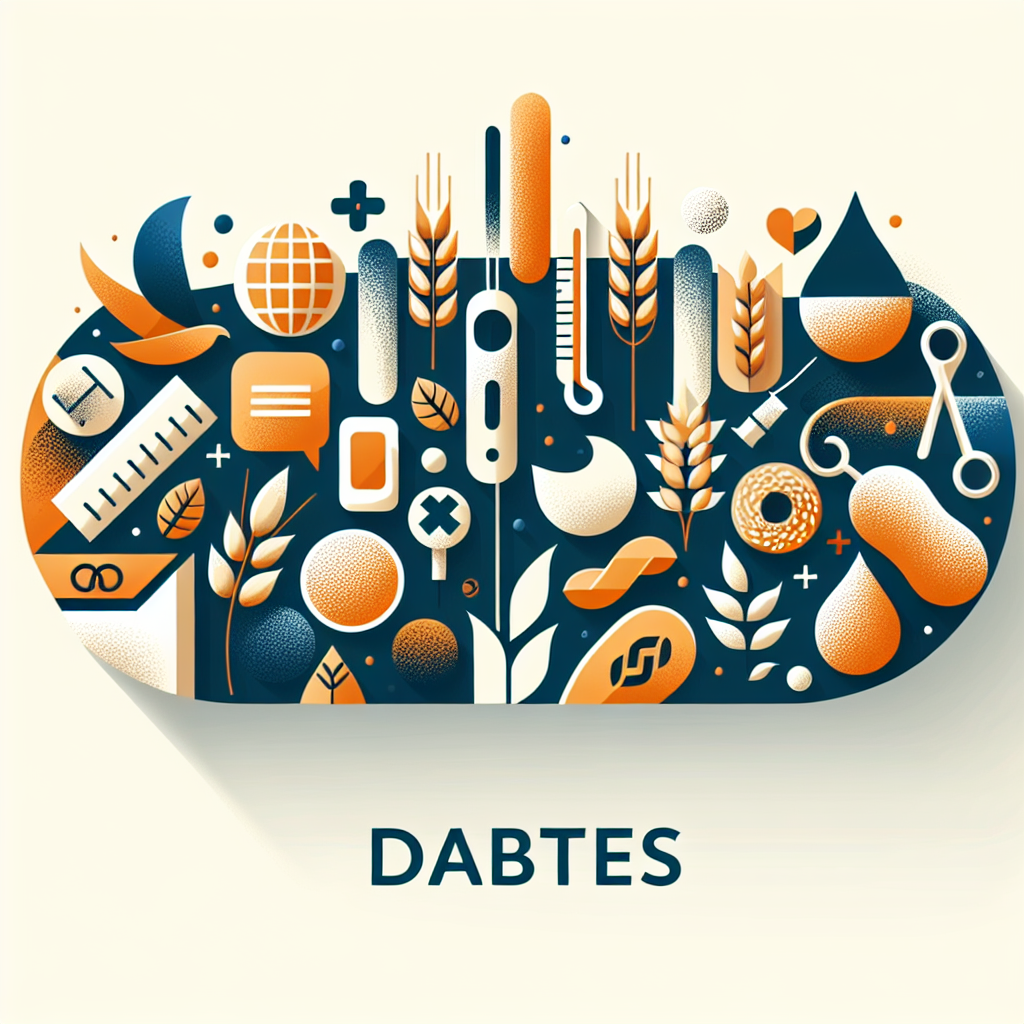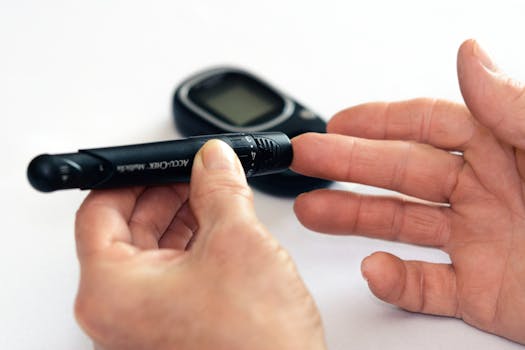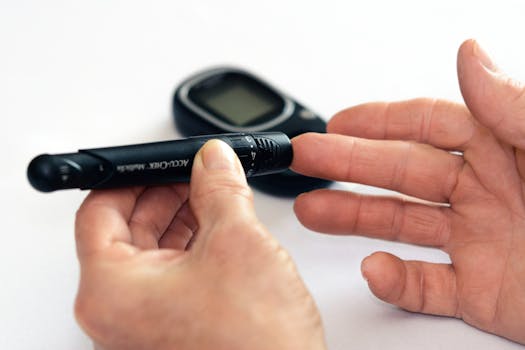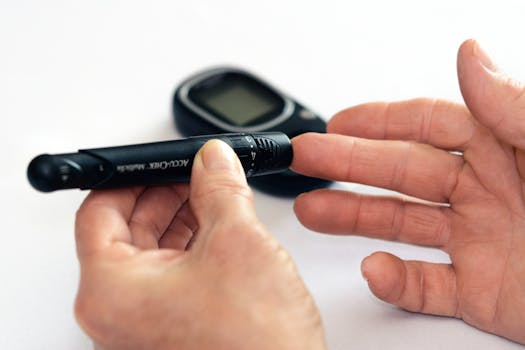Choosing the right grains can make a meaningful difference in blood sugar control and overall nutrition. In this guide we’ll cover which grains support steady glucose levels, why fiber and processing matter, and practical ways to include them in meals. Early decisions — such as favoring intact, fiber-rich cereals over refined flours — can help reduce glucose spikes and improve long-term outcomes for people living with diabetes. The phrase grains good for diabetes highlights the focus: selecting options that support metabolic health.
Grains that are good for diabetes: top choices
Not all grains are created equal. Whole, minimally processed grains retain bran and germ, which provide fiber, vitamins, minerals, and beneficial phytonutrients. These components slow digestion and blunt post-meal blood sugar rises. Below are recommended grains with notes on how to prepare them and what to watch for.
- Oats (steel-cut or old-fashioned): Rich in soluble fiber (beta-glucan), oats help lower glycemic response. Choose steel-cut or rolled oats rather than instant varieties, and pair with protein or healthy fat to moderate glucose peaks.
- Barley (hulled or pearled barley): Hulled barley is especially high in fiber and has a low glycemic index when cooked properly. Barley adds chew and bulk to soups, salads, and grain bowls.
- Quinoa: A complete plant protein with a moderate glycemic response, quinoa supplies fiber, magnesium, and potassium—nutrients that support metabolic health.
- Brown rice and wild rice: Brown rice maintains the bran layer and provides more fiber than white rice. Wild rice is actually a grass with a distinct nutrient profile and lower carbohydrate density.
- Bulgur and farro: These ancient grains are minimally processed and provide a nutty flavor with a moderate carbohydrate load; they work well in salads and pilafs.
- Freekeh and millet: Lesser-known but useful options. Freekeh is a roasted green wheat with a low glycemic impact; millet is gluten-free and versatile when combined with beans or vegetables.
Why whole grains matter
Whole grains for diabetics are emphasized because the intact structure and associated fiber alter digestion rates and promote satiety. Fiber feeds beneficial gut bacteria, helps regulate cholesterol, and is associated with lower risk of type 2 diabetes progression in many studies. Selecting whole grains over refined versions reduces empty carbohydrate intake and supports steady energy.
Portion control and pairing
Even healthy grains contain carbohydrates, so attention to portion size is important. Aim for a serving size that fits your individualized meal plan—often ¼ to 1/3 cup dry for some grains—and pair grains with lean protein, healthy fats (olive oil, nuts, avocado), and non-starchy vegetables. This combination helps slow glucose absorption and keeps you fuller longer.
How to read labels and avoid refinements
When buying packaged grain products, check ingredient lists for the word “whole” (for example, “whole wheat” or “whole oats”) as the first ingredient. Avoid items labeled “enriched” or “multi-grain” without “whole” listed. Many breads, crackers, and cereals appear healthy but contain added sugars and refined flours that raise blood sugar quickly.
For more comprehensive guidance on managing type 1 and type 2 diabetes, see descriptive anchor text.
Practical meal ideas: start the day with a bowl of steel-cut oats topped with nuts and berries; swap white rice for barley in soups and casseroles; use quinoa in place of couscous; add cooked farro or bulgur to salads to increase fiber and keep portions reasonable. When dining out, ask for brown rice or extra vegetables instead of fries or refined grain sides.
Research continues to refine recommendations, but a consistent message from nutrition science is that whole grains, when consumed in appropriate portions and balanced with protein and healthy fats, are an effective part of a diabetes-friendly diet. For an overview of whole grain benefits and definitions, see this resource on whole grains: whole grains explained.
- Choose intact and minimally processed grains to maximize fiber and nutrients.
- Control portions and pair grains with protein and healthy fats to reduce glucose spikes.
- Read labels for “whole” ingredients and avoid refined or sugary grain products.
FAQ — Common questions
Can people with diabetes eat bread?
Yes, but choose whole-grain breads made from whole wheat, rye, or mixed grains and check portion size. Be mindful of added sugars and highly processed varieties. Pair bread with protein (egg, lean meat, nut butter) and vegetables to moderate blood sugar response.
Is brown rice always better than white rice?
Brown rice typically offers more fiber and micronutrients than white rice, making it a better choice for many people. However, portion size, preparation, and overall meal composition matter most; in some dishes swapping to a smaller portion of white rice with added protein and vegetables can be acceptable.






